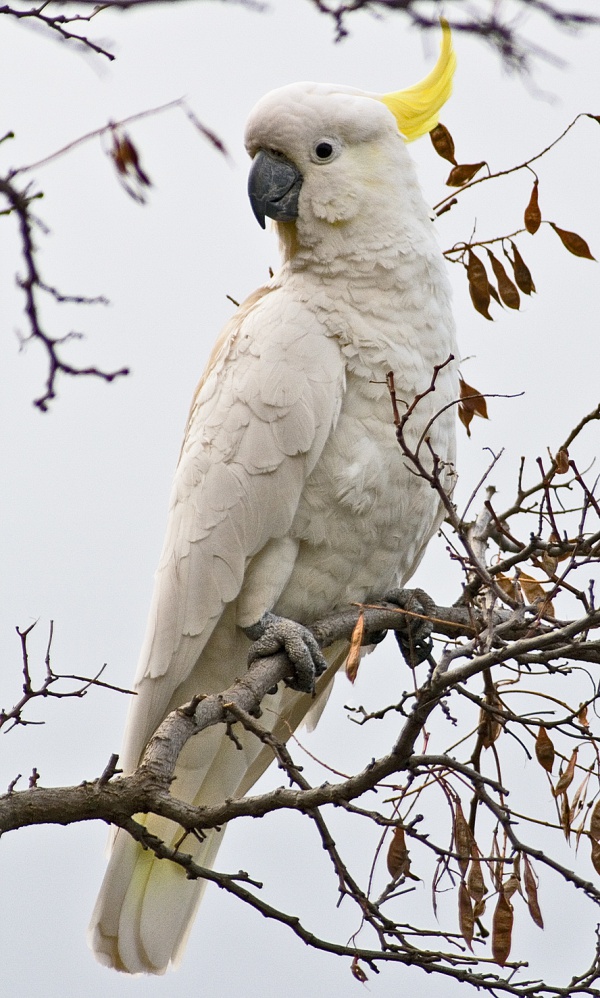Facts About Sulphur-crested cockatoo
The sulphur-crested cockatoo is a striking and intelligent bird, easily identified by its white plumage and distinctive yellow crest. Native to Australia, New Guinea, and a few Indonesian islands, these birds are also popular as pets, though they can be quite demanding.
In Australia, they are commonly found across the northern and eastern regions, including major cities such as Adelaide, Melbourne, Canberra, Sydney, and Brisbane. However, they tend to avoid the arid inland areas. There are four different subspecies of the sulphur-crested cockatoo.
Interestingly, these birds have also established populations beyond their native range, in locations such as Perth, Singapore, Palau, New Zealand, and Hawaii. They are notable for their white plumage, yellow underwings and tails, and the expressive yellow crest. While males and females appear similar, slight differences and variations exist among the subspecies.
Known for their loud calls and sharp intelligence, sulphur-crested cockatoos adapt well to urban environments. They can live up to 70 years in captivity, making them long-term companions. In Australia, they breed seasonally, typically nesting in tree hollows. They also engage in geophagy (eating soil) and produce a fine powder that aids in waterproofing. When feeding on the ground, one bird usually stands guard to alert the others to any danger.
In some areas, these cockatoos are considered pests due to their large numbers and potential to damage crops and property. They are protected by Australian law, so any control measures require special permits. While they are no longer imported into the United States, they are bred in captivity for aviculture. These birds crave social interaction, love to chew on objects, and can be quite noisy and unpredictable. Some have even lived for over a hundred years. However, they are susceptible to diseases such as psittacine beak and feather disease.
